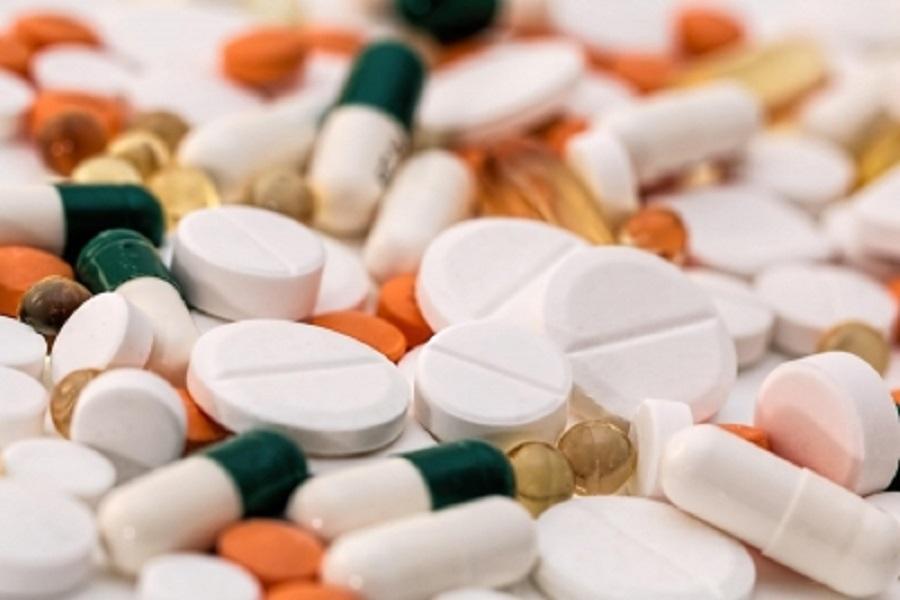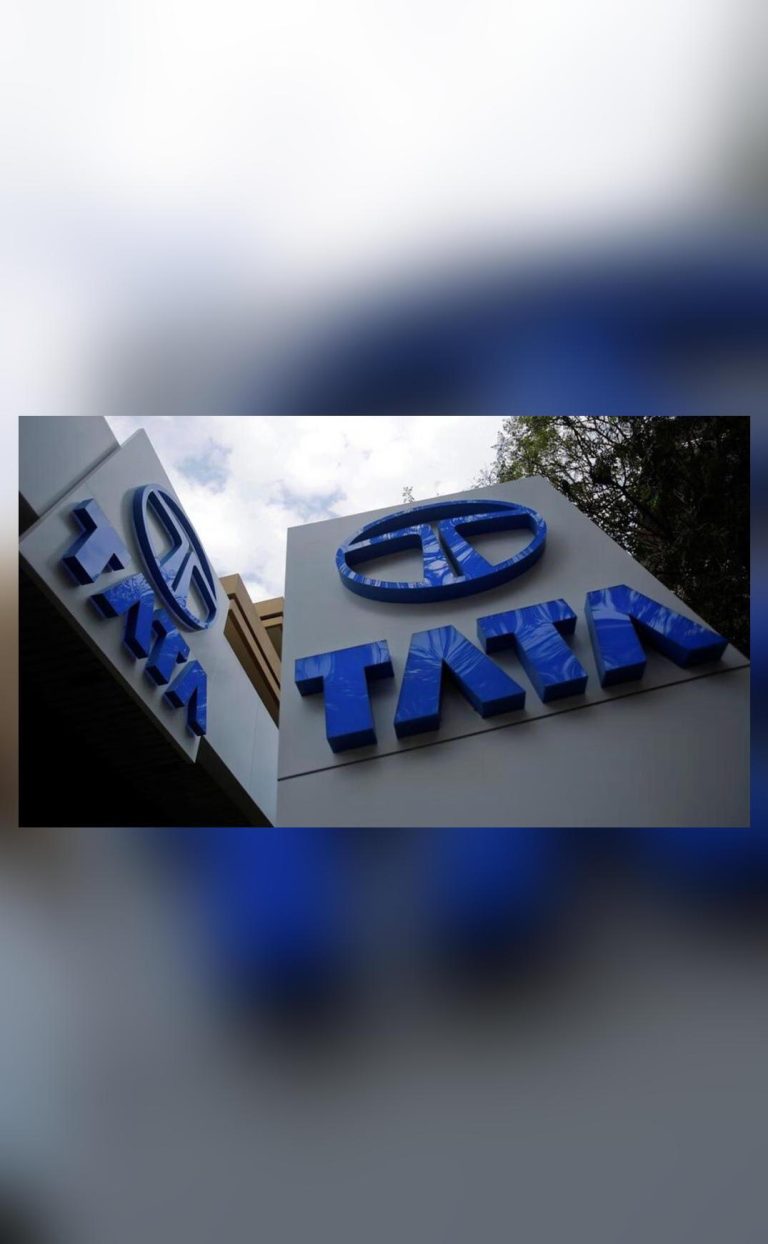
Electronics & Pharma Secure 70% of FY25 PLI Funds: Govt Data
The Indian government’s Production Linked Incentive (PLI) scheme, launched in 2021 to boost domestic manufacturing, has seen significant success in its first year. According to official data, the electronics and pharma sectors have emerged as the top beneficiaries, receiving nearly 70% of the total funds disbursed under the scheme in FY25.
In FY25, the government disbursed a total of ₹10,114 crore under the PLI scheme. Of this, the electronics sector received a whopping ₹5,732 crore, making it the largest beneficiary. The pharma sector, on the other hand, received ₹2,328 crore, which is a significant portion of the total funds disbursed.
The PLI scheme was initially rolled out for 14 key sectors, including automobiles, textiles, and pharmaceuticals. The scheme offers incentives to companies that meet certain production targets, with the aim of increasing domestic manufacturing and reducing dependence on imports.
The significant allocation of funds to the electronics and pharma sectors is a testament to the government’s focus on these industries. The electronics sector has been a critical area of interest for the government, given its potential to create high-quality jobs and drive economic growth.
In recent years, India has made significant strides in the electronics sector, with the country becoming one of the world’s largest consumer markets. The government’s efforts to boost domestic manufacturing have been driven by the need to reduce reliance on imports and create a more self-sufficient economy.
The pharma sector, on the other hand, has been a key player in India’s healthcare industry, with the country producing a significant portion of the world’s generic medicines. The government’s focus on the sector is aimed at boosting domestic production and reducing dependence on imports, while also promoting India as a hub for pharmaceutical manufacturing.
The success of the PLI scheme in FY25 is a significant achievement for the government, given the challenges posed by the COVID-19 pandemic. The scheme’s ability to attract significant investments and create jobs in key sectors is a testament to its effectiveness.
The PLI scheme has also been praised for its simplicity and transparency, making it an attractive option for companies looking to invest in India. The scheme’s focus on production-linked incentives has also helped to incentivize companies to increase their domestic production, which has had a positive impact on the economy.
The government’s data also reveals that the scheme has been successful in attracting foreign investments. Companies from countries such as the United States, Japan, and South Korea have invested significantly in the electronics and pharma sectors under the PLI scheme.
While the PLI scheme has been successful in FY25, there are still challenges that need to be addressed. One of the key challenges is the need to increase the scheme’s coverage to more sectors and companies. The government has already expanded the scheme to include more sectors, including solar photovoltaic modules and white goods, and it is likely that more sectors will be added in the future.
Another challenge is the need to improve the scheme’s implementation and monitoring. The government has set up a monitoring committee to track the scheme’s progress and address any issues that may arise. However, more needs to be done to ensure that the scheme is implemented effectively and that companies are not facing any obstacles in accessing the incentives.
In conclusion, the PLI scheme’s success in FY25 is a significant achievement for the government. The electronics and pharma sectors have emerged as the top beneficiaries, receiving nearly 70% of the total funds disbursed under the scheme. The scheme’s ability to attract significant investments and create jobs in key sectors is a testament to its effectiveness. However, there are still challenges that need to be addressed, including the need to increase the scheme’s coverage to more sectors and companies, and improve its implementation and monitoring.






